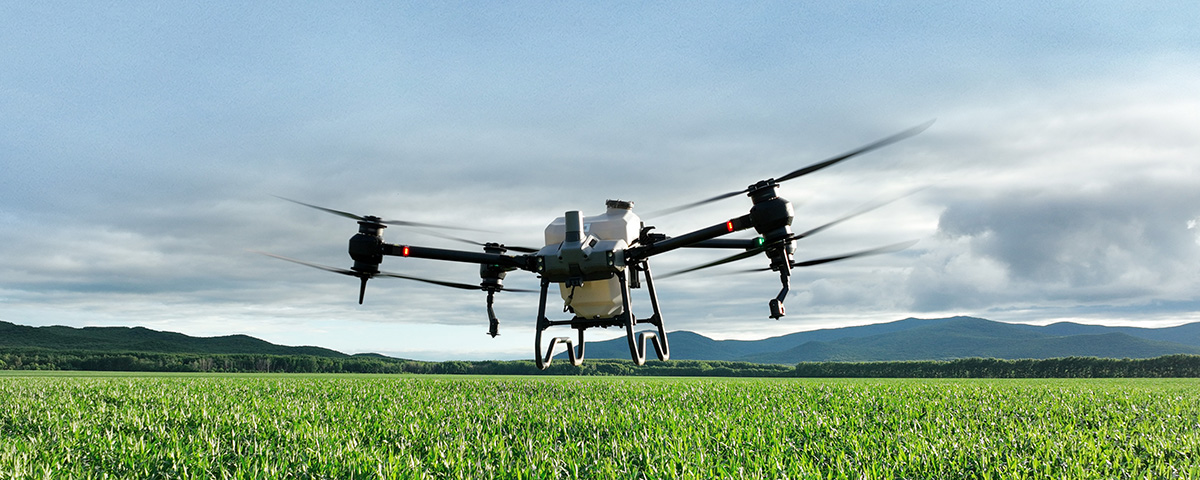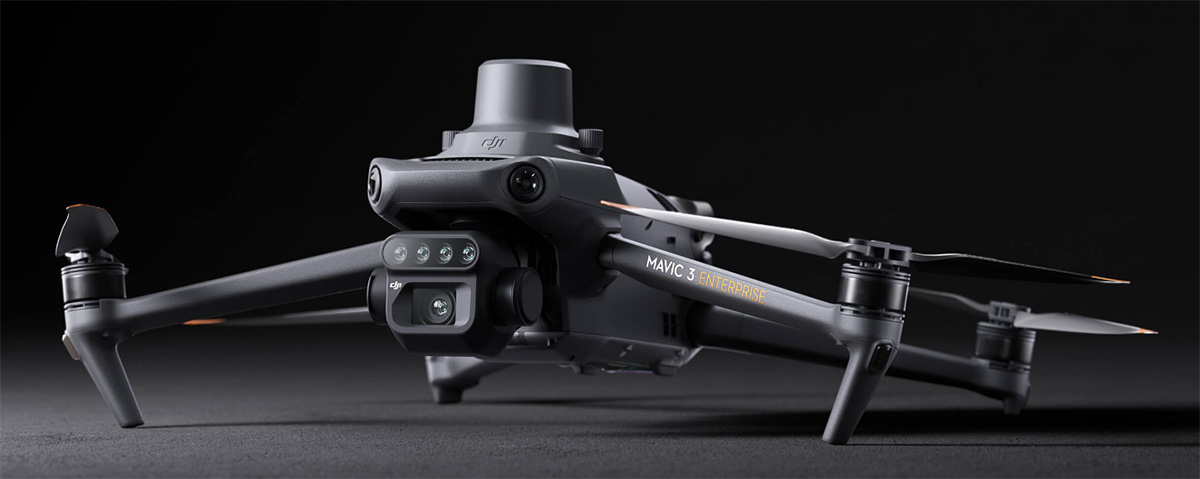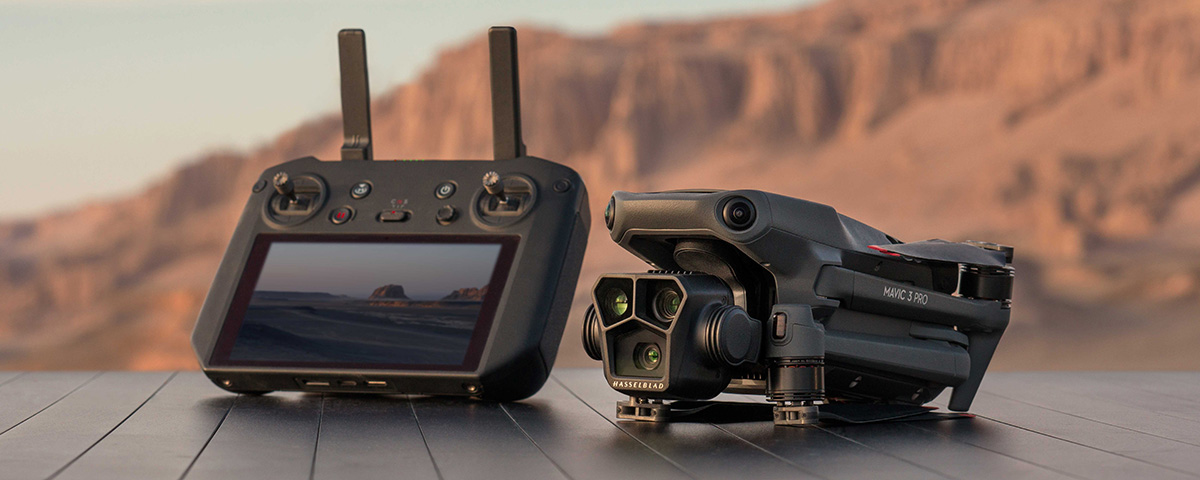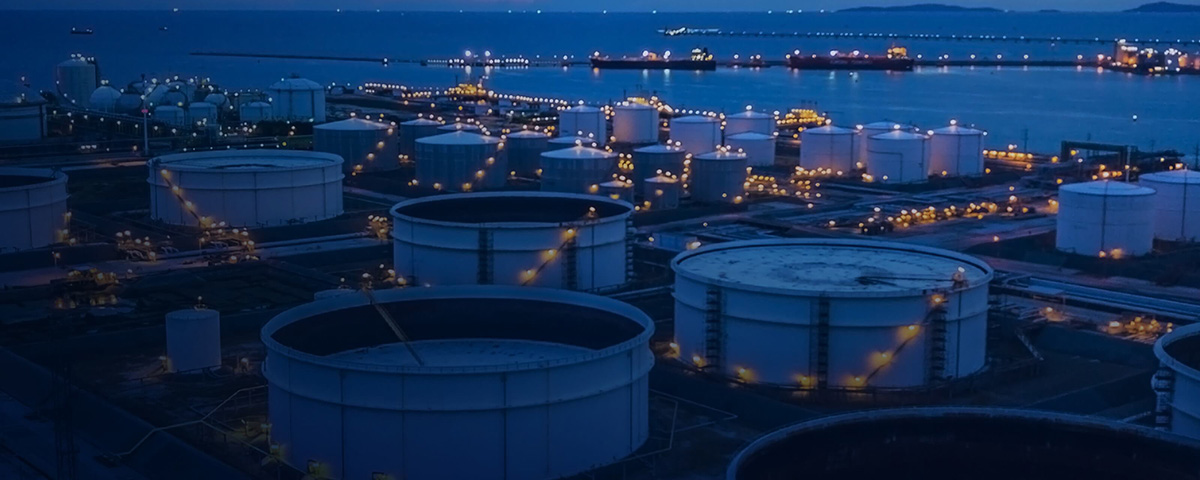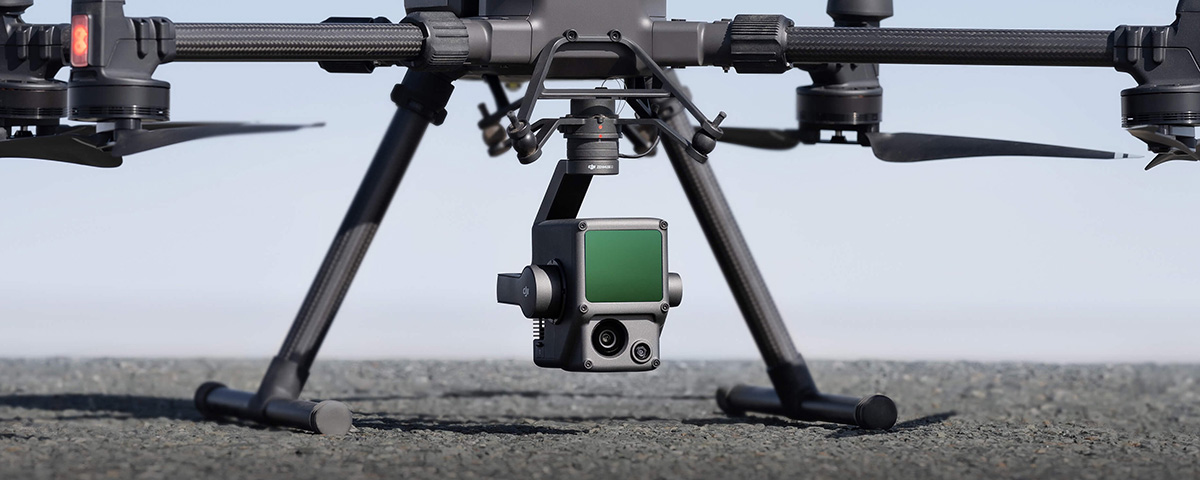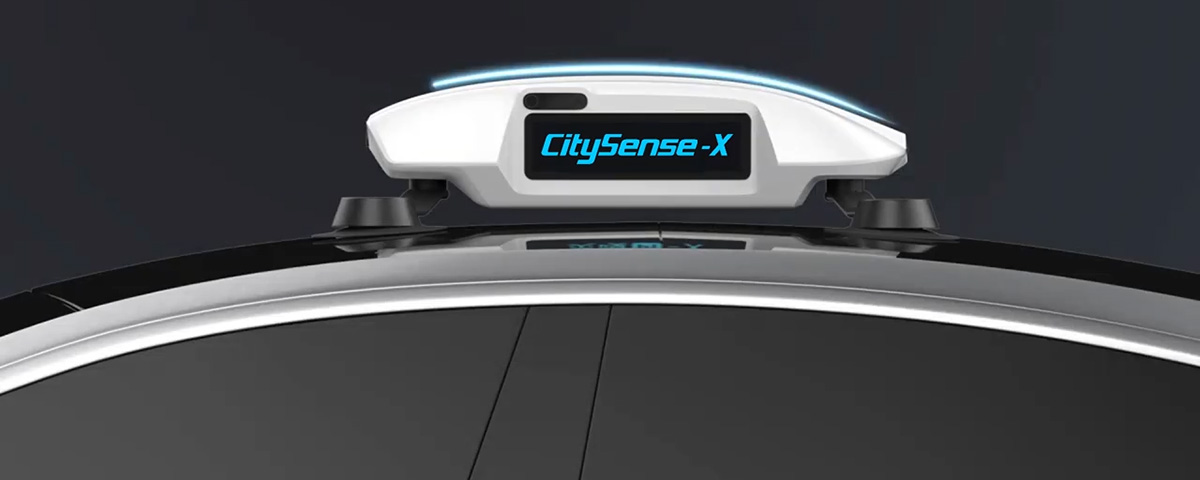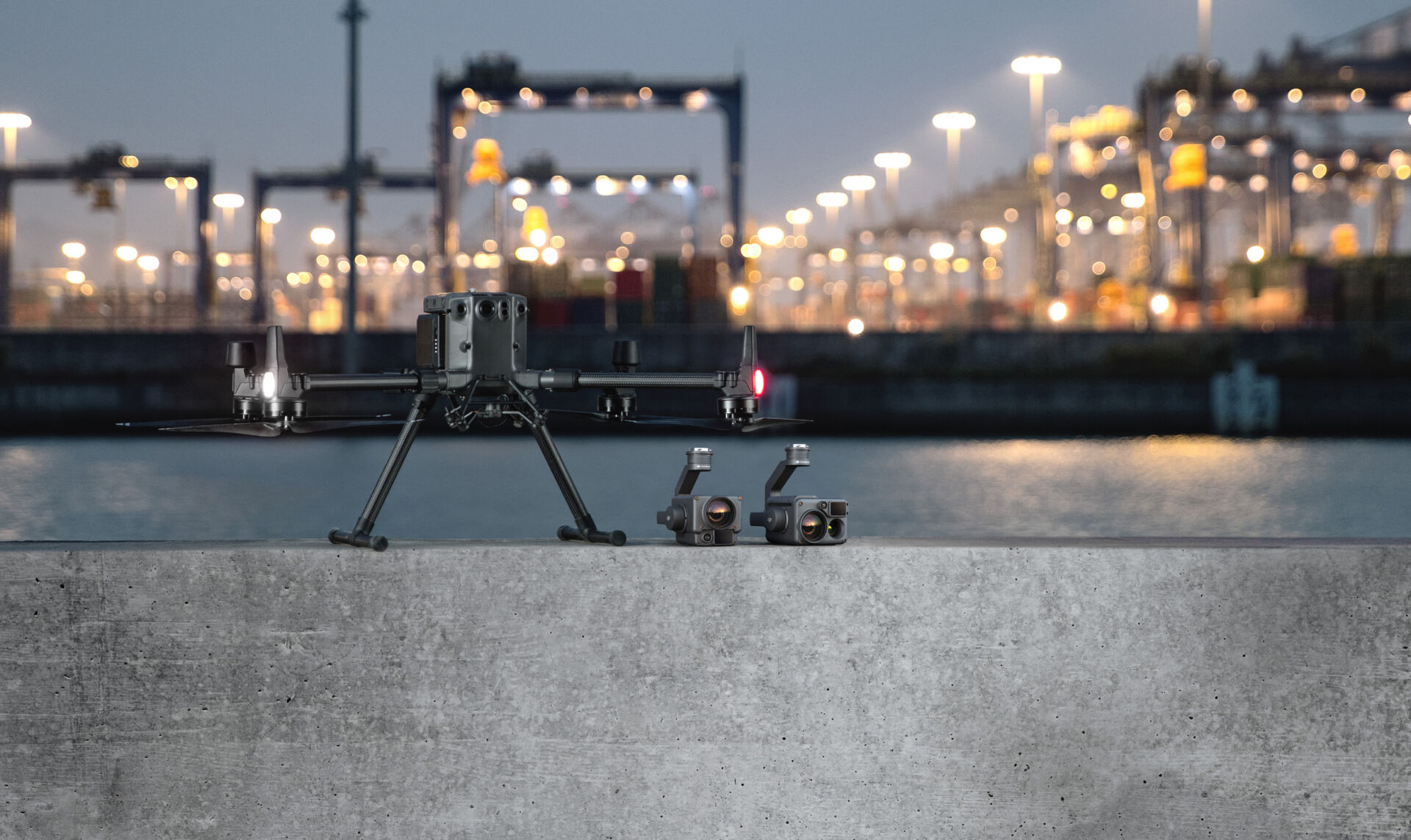One of the cardinal rules of drone piloting is to check the weather before taking out your drone. You’ll hear it all the time: “Know before you go.” But, why exactly is it so important to check the weather before flying your drone? And, what exactly do you need to look out for?
Before you fly, let’s talk about why watching the weather is so crucial to a drone pilot, especially here in Canada.
Why Drone Pilots Need to Know the Weather Before A Flight
- To Plan An Effective Flight
Several reasons exist for checking the weather before piloting is vital to a safe flight. The first is to make sure you’re planning a good flight for the drone. Knowing the weather beforehand can help you avoid certain areas and prepare for nagging winds and conditions. - To Ensure Your Drone Makes It Back to You
Strong winds can wreak havoc on drones, but weaker winds can prevent drones from making a full flight. As your drone fights even a small wind, it uses more battery and power than it would on a clear day. Should you be planning a full trip with your drone, this wind can impact how far your drone can go and safely return.While adding extra time to every flight is a good idea to ensure you don’t lose your drone, planning ahead and checking the weather keeps you informed on which flights are possible that day. - To Avoid Drone Damage Or Loss
Very likely, you put a lot of thought and intention into your drone purchase. Whether it’s a company drone or personal one, losing the drone to bad weather or damages is the last thing you want. Certain weather conditions can cause drones to make incomplete flights. Strong winds, for example, can lead to flyaways, as can other weather conditions. Keeping a constant eye on the weather – as well as preparing ahead of a planned flight – can drastically reduce or eliminate the chance of these devastating consequences.
What Weather Conditions to Watch For & Which Weather Conditions to Avoid Completely
To Watch: Cold Weather
Canada, if you haven’t noticed, has a tendency to get quite cold in the winter. As a Canadian pilot, one of the best ways to minimize the chance for drone damages and loss is to ensure you know the optimal flying temperatures for your specific drone.
Some drones do better in colder climates than others. Know the temperatures in which your specific drone model needs to be grounded for.
To Avoid: Rain & Snow
Most drones are not cut out for any amount of precipitation. Both snow and rain cause the drone to get wet and can lead to blown ESCs (Electronic Speed Controllers) fuses. Since these fuses regulate the motor’s power, when these fuses blow, they can be detrimental to the performance of your drone. If this happens during flight, it’s possible it could lead to loss of control, drone damages, and more.
Snow is less risky than rain, but it’s still a sub-optimal flying condition. The best way to ensure no damage is done to your drone is to return it from its flight as soon as possible and to avoid flying in snowfall when possible.
Should your drone get wet from an unexpected rain or snow during flight, be sure to allow the drone to dry completely while turned off. If the drone is operational once dry, you’ll want to perform a test flight in a controlled area to ensure that the drone has sustained no severe or lasting damages before flying it again.
To Watch: Wind Speeds
Some wind is manageable to fly through. Other winds can cause flyaways and loss of drone control.
If the wind is light, then you’ll want to watch it carefully. As previously mentioned, a light wind can impact the drone’s battery life, so it’s important to take that into consideration as you plan the flight.
Should the winds get strong, you’ll want to keep in mind the specifications of your drone model. A quick rule to remember is that most drones can fly in winds that reach about two-thirds of their own speed.
If you live in wind-prone areas – or you just don’t like changing your flight plans based on semi-strong winds – certain drone models are better for windy conditions. Talk to one of our team members if you need help finding a drone to fit your lifestyle or climate.
To Watch: Humidity & Dew Point
While wind, precipitation, and temperature are the obvious weather conditions to watch and avoid, checking the weather also means looking for relative humidity (RH) and dew point.
Technically speaking, the RH is a ratio that determines how much water vapour is in the air in comparison to how much could be. Dew point is the temperature in which the air will be saturated with water vapour.
Knowing the dew point and RH is important. As the temperature drops throughout the day, it may hit or drop below the dew point. This will lead to water droplets forming on surfaces. Since you want to keep your drone from getting wet, this number is crucial to a healthy drone.
While the RH will change throughout the day based on the temperature and the dew point, the dew point will remain more or less the same. This means if the RH equals 100%, you and your drone need to get out of the sky. It also means that before you go out for the day, check the dew point. This will be easier to prepare for, as the RH is constantly changing.
To Watch: Visibility
If you can’t see, then your drone shouldn’t fly. Keeping an on fog and visibility conditions is key to a safe flight.
Fog poses a dual risk as well, as it’s formed from water droplets condensing in the air. Flying your drone through a thicket of fog can lead to loss of control due to visibility, as well as damages to its fuses due to the moisture.
Given the rise in forest fires and smokey conditions, another visibility consideration is smoke. A good rule of thumb is to ensure there is a minimum of three miles or about five kilometres of visibility during drone flight. If the visibility drops below those numbers, it’s time to pack up and head home.

